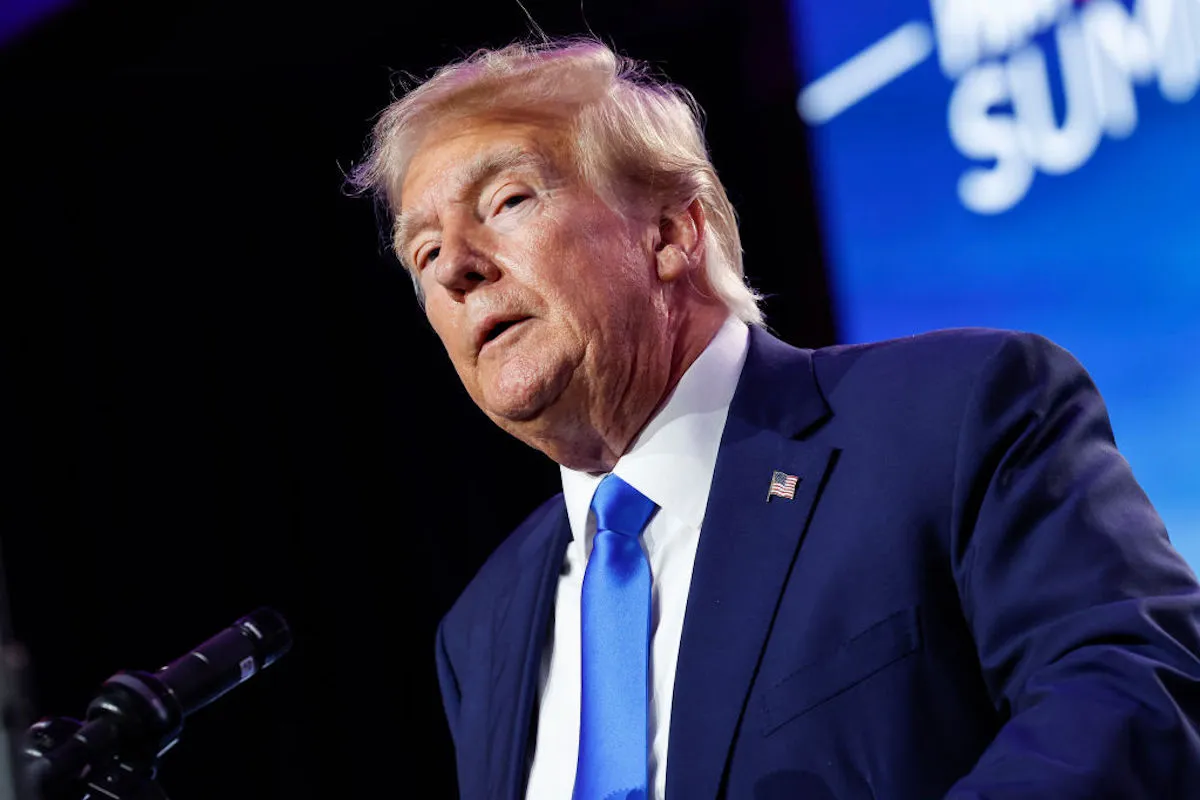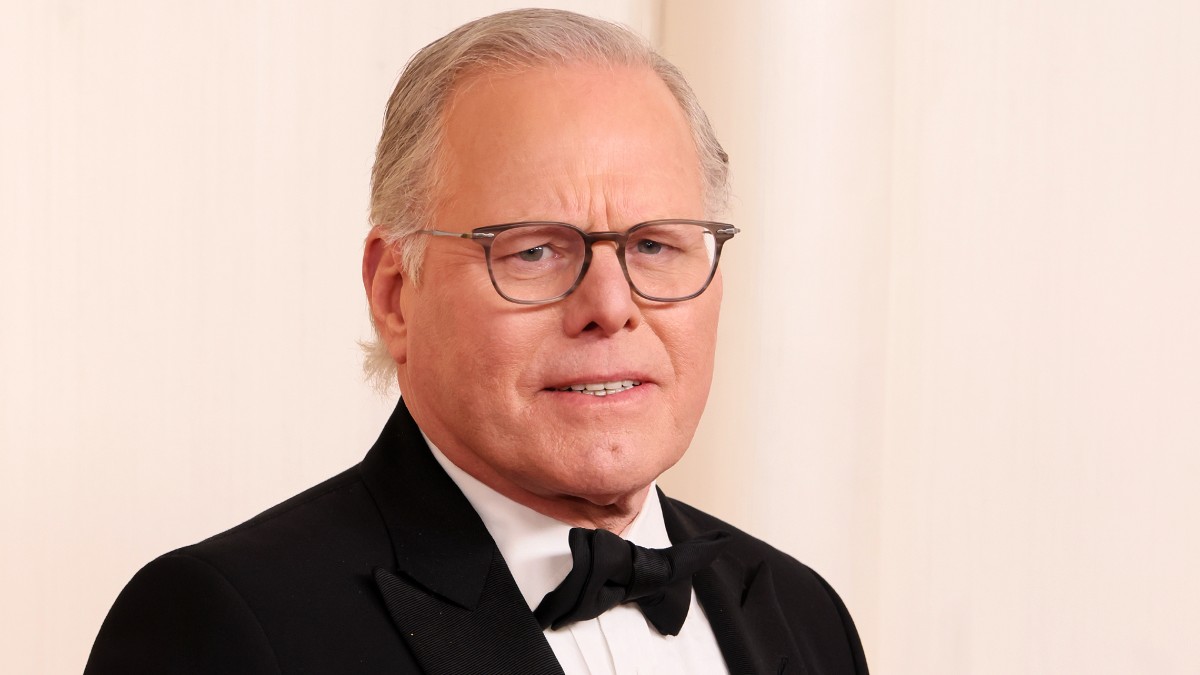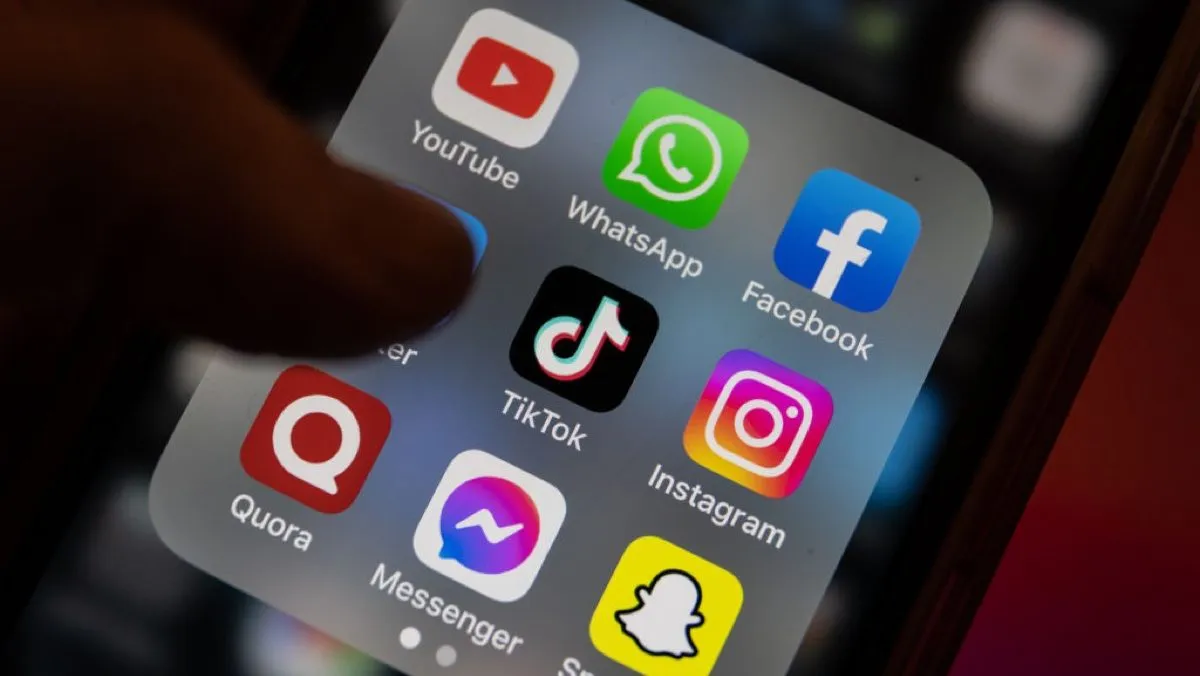Last month, new findings by the Institute for Women’s Policy Research revealed an alarming new side to the traditional 80-cent gender wage gap statistic. Taking into account how the 80-cent statistic is derived from the salaries of men and women who work full-time, the IWPR found that because women are more likely to drop or be pushed out of the labor force by child-care needs and a range of other domestic demands, the gender wage gap is actually closer to 49 cents on the dollar for women.
The report shines a light on the ways that gendered, heteronormative social expectations impact economic opportunity, compensation, and frankly, who is able to participate fully in society. Additionally, it puts in stark terms the vast gender disparity in uncompensated day-to-day labor, and the general devaluation of traditionally female work and experiences.
Of course, the gender wage gap has always been a deeply complex issue influenced by countless identity-based factors and biases. For example, the 80-cents-on-the-dollar statistic has always marginalized black, Latinx, and Native American women, who make 61, 53, and 58 cents on the dollar as of 2017, according to the AAUW. LGBTQ people also face pay discrimination, and as of 2014, an estimated 20 percent of LGBTQ people living alone make less than $12,000 per year.
Certainly, despite wage gap deniers’ claims that the wage gap is “self-induced,” because women actively choose to enter lower-paying fields, the reality is that the wage gap is often an intergenerational issue: Young women and girls are substantially less likely than their male counterparts to have role models in STEM and other higher paying fields to encourage them to enter these fields.
Simultaneously, there is a long, persistent history of fields receiving less compensation and respect when they become female-dominated, so the idea that the wage gap is due to women choosing low-paying fields is a self-fulfilling prophecy. Nor can the gender wage gap merely be blamed on women failing to “take initiative” and negotiate, when research has shown male and female employees negotiate for higher pay at roughly equal rates, but women are significantly less likely to receive raises.
But as this latest IWPR study reveals, traditional gender role expectations have consistently remained one of the most decisive determinants of the wage gap: Research has shown paid maternal leave policies, but not paid family leave, tend to decrease the likelihood of women receiving pay increases or promotions.
Employers have always viewed child-rearing as an inevitable fact of female employees’ lives whether or not they are already mothers, and understood child-rearing itself as vastly affecting female employees’ working capabilities while having no effect on that of male employees. Gendered, non-inclusive expectations of how parenthood will affect women but not men have a very real but virtually unquantifiable impact on women’s economic opportunities and living standards, as well as that of LGBTQ parents.
Certainly, the gender wage gap is one way in which ingrained gender roles and the devaluation of feminized labor take form, but as the IWRP study reveals, the erasure and lack of compensation offered to feminized labor poses barriers, too. The extent to which traditionally feminized work and experiences are trivialized and erased is sometimes jarring: In 2017, Republican Congress member John Shimkus, who was notably birthed by a woman, went so far as to ask Congress why male taxpayers should pay for prenatal and childbirth resources in a debate about the Affordable Care Act.
Starting from childhood, girls do more chores for less compensation than boys, and as adults, there is a substantial gender gap in allocation of domestic responsibilities. Additionally, many women perform household and parenting tasks that amount to costly, highly valuable labor that would warrant a six-figure annual salary, while being dismissed and uncompensated as stay-at-home mothers—hence, the 49-cents-on-the-dollar gap unearthed by the IWPR.
Traditionally feminized labor is the backbone of society, and yet, it’s also a key factor in why one study has shown women make roughly half the earnings of their male counterparts.
There’s a condescending sort of victim-blaming in placing the gender wage gap on women’s shoulders for “choosing” lower-paying lines of work, or “choosing” to leave the workforce to meet the needs of their families, and relying on their labor all while refusing to acknowledge, let alone compensate it.
(image: Shutterstock/BillionPhotos.com)
Kylie Cheung writes about feminism and politics, with a focus on reproductive justice. Follow her on Twitter @kylietcheung, or learn more about her writing at www.kyliecheung.tumblr.com.
Want more stories like this? Become a subscriber and support the site!
—The Mary Sue has a strict comment policy that forbids, but is not limited to, personal insults toward anyone, hate speech, and trolling.—








